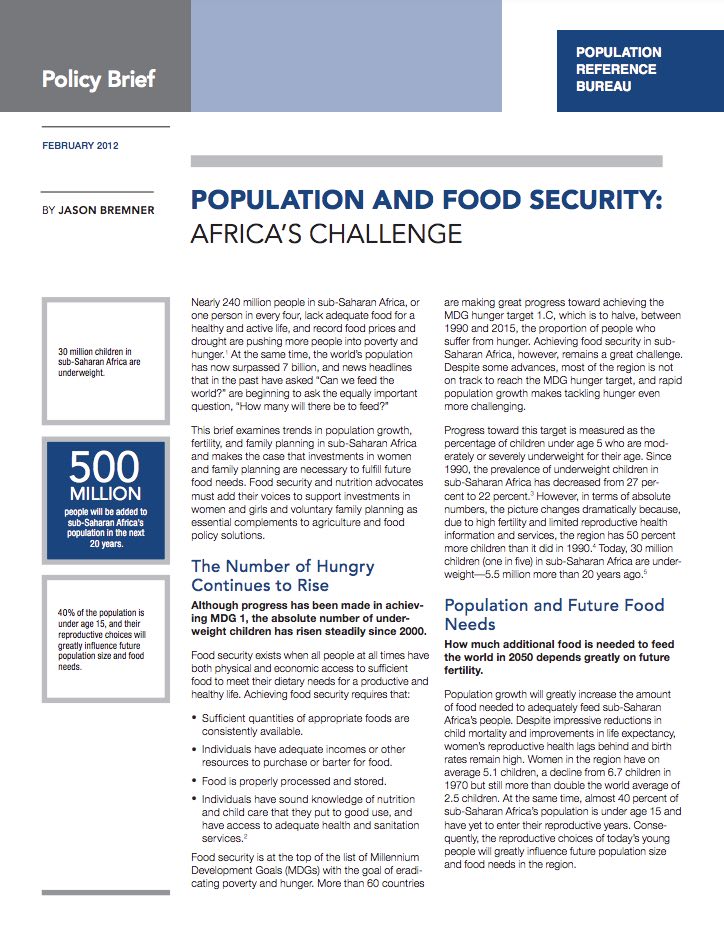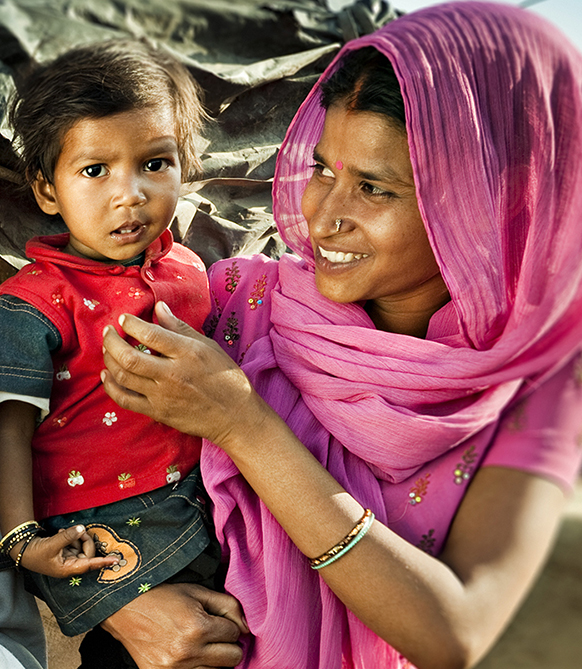Urban Population to Become the New Majority Worldwide
(2007) For the first time, more than half the world's population will be living in cities and towns by next year, according to the State of World Population 2007 report from the United Nations.
(2007) For the first time, more than half the world's population will be living in cities and towns by next year, according to the State of World Population 2007 report from the United Nations.

(2012) Almost two of every three people in sub-Saharan Africa live in a rural area, relying principally on small-scale agriculture for their livelihood. Improving agriculture on small farms is critical to reducing hunger.
(2011) "Vasectomy is like putting money in the bank. [It] is a long-term investment, money you [would] have otherwise used to buy expensive birth control methods," says Dr. Charles Ochieng, a medical doctor in Kenya.
(2004) A new comparative study using nationally representative information on domestic violence in nine developing countries finds that women whose fathers abused their mothers are twice as likely to suffer domestic abuse themselves.

(2018) Natural disasters focus the collective imagination on images of community devastation. Beyond the obvious external signs of disaster, such as destroyed homes and ruined infrastructure, are more intimate impacts, such as impeded access to reproductive health services.
(2006) On February 17, a devastating landslide killed an estimated 1,800 Filipinos in Guinsaugon on the southern part of Leyte Island in eastern Philippines.

Project: PACE: Policy, Advocacy, and Communication Enhanced for Population and Reproductive Health
A country’s age structure is primarily driven by its past fertility trends, which have important economic, social, and political implications.